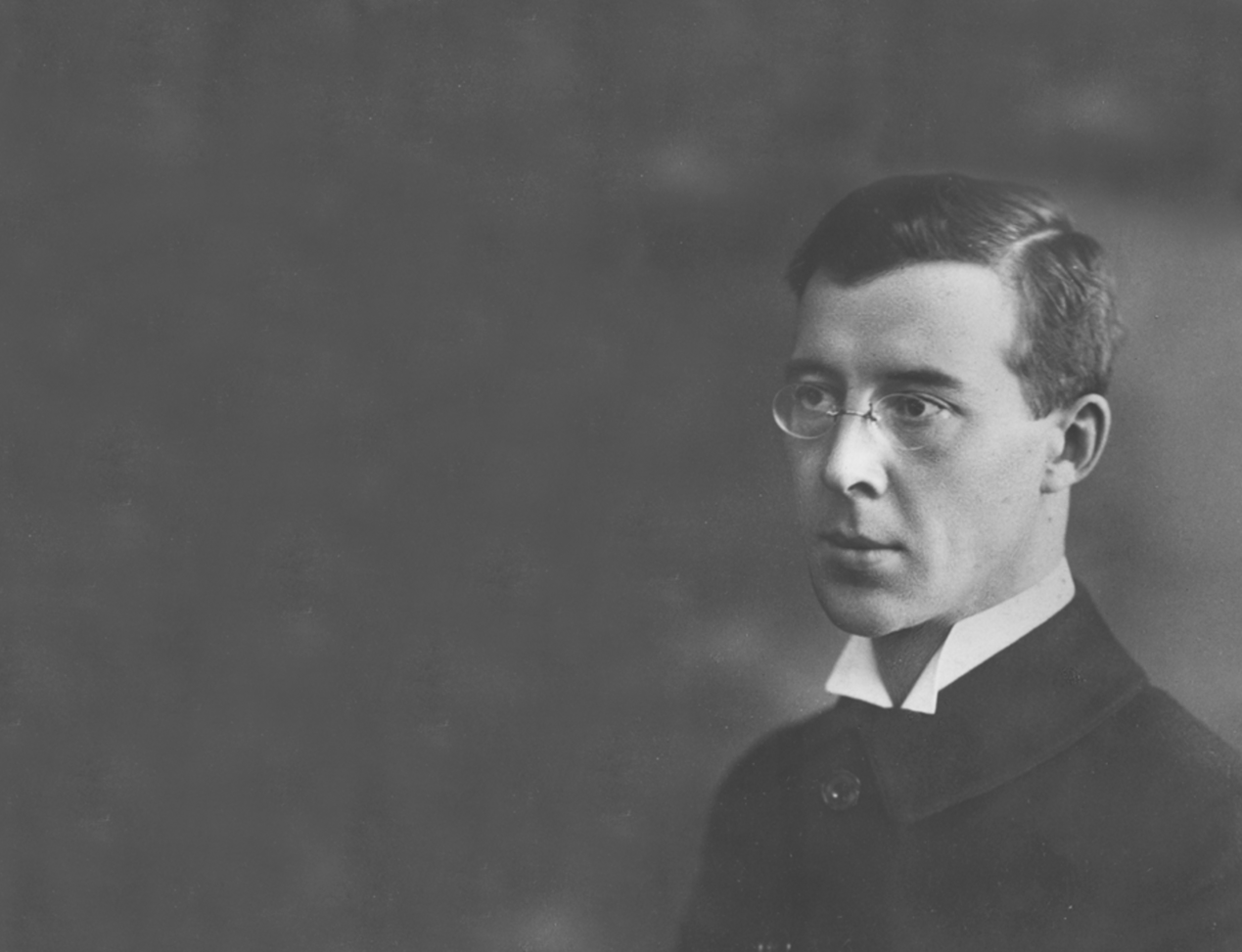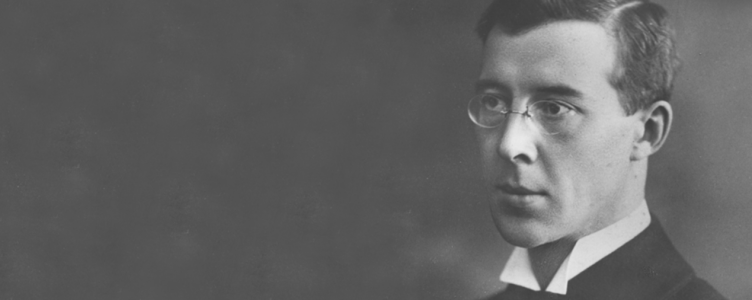From Turya to Winchester: how a man of Komi hinterland became a scientist with a world-known name.
Pitirim Alexandrovich Sorokin (1889-1968) is the most outstanding Russian and American sociologist, culturologist, teacher, one of the founders of the social stratification and social mobility theories. He lived through the political repressions during the Tsar regime, two revolutions, the civil war and exile from the state, so the importance of his scientific works was not appreciated either in Russia or in the United States. The erudite sociologist wrote tens of books and hundreds of articles, which have been later translated into 48 languages. However, his theories that reveal problems and controversies of human society are still relevant.

Family
A to-be scientist and political figure was born on February 4, 1889 in the Turya village (Knyazhpogostsky district, Komi Republic). Pitirim Sorokin was the second son in the family. His elder brother Vasily was born in 1885, and his younger brother Prokopy was born in 1893.
Pitirim Sorokin spent his childhood among the Komi people. It was here, among the primeval forests, beautiful northern nature that the first years of his life were spent. Pitirim Alexandrovich very colorfully described his memories of the picturesque nature in the Komi land. The great scientist paid his attention to the Komi people as well. There were many things that fascinated him in the Komi people, such as the high level of mutual supportiveness, almost no inequality, and the equal rights of men and women. Despite the world of beautiful nature that surrounded him, his childhood was far from easy one.
And even though the Sorokin family didn’t stay long in Turya (the sociologist’s father was a well-known master of church affairs and painted icons, so they had to move from village to village in search of a new job), here the name of Pitirim Alexandrovich is still remembered and local people are proud of the famous countryman. In 1999 a monument to the sociologist was built here, and Pitirim Sorokin’s son came from the United States to unveil it.

Youth and Student Years
In the autumn of 1901, the brothers Pitirim and Vasily were invited to work in the Gam village by the priest Ivan Pokrovsky. He was in charge of Gam clerical school. Pitirim Sorokin unexpectedly volunteered to be examined together with other children. After passing all the entrance tests, he was admitted to the school and received a scholarship of five rubles. In 1904, the to-be scientist finished from the Gam second-grade school with honours.

Pitirim got the opportunity to continue his studies at the church seminary in the village of Khrenovo, Kostroma governorate. There he became friends with the future economist Nikolai Kondratiev. At that period, political unrest raged in the Russian Empire. The future sociologist joined a revolutionary group that adhered to the Narodnik ideology. This period of Pitirim Sorokin’s biography played a significant role in the formation of his worldview and value system.
In 1906, Pitirim Alexandrovich joined the Party of Socialist Revolutionaries (SRs) and actively joined in the process of spreading revolutionary ideas. In December of the same year, he was arrested by the police, convicted and imprisoned in the city of Kineshma. Three and a half months later Sorokin was released.
After that he decided to stop participating in the revolutionary struggle and to devote himself to science. In the autumn of 1907, Pitirim moved to St. Petersburg and set about achieving his main goal of entering the university.
To fill the gaps in education, he had to attend evening school, but this required a significant fee. In that situation Pitirim decided to try to enroll the well-known Chernyaev courses, using the patronage of Professor Kallistrat Zhakov, his countryman. And he did help Sorokin to enter the courses.
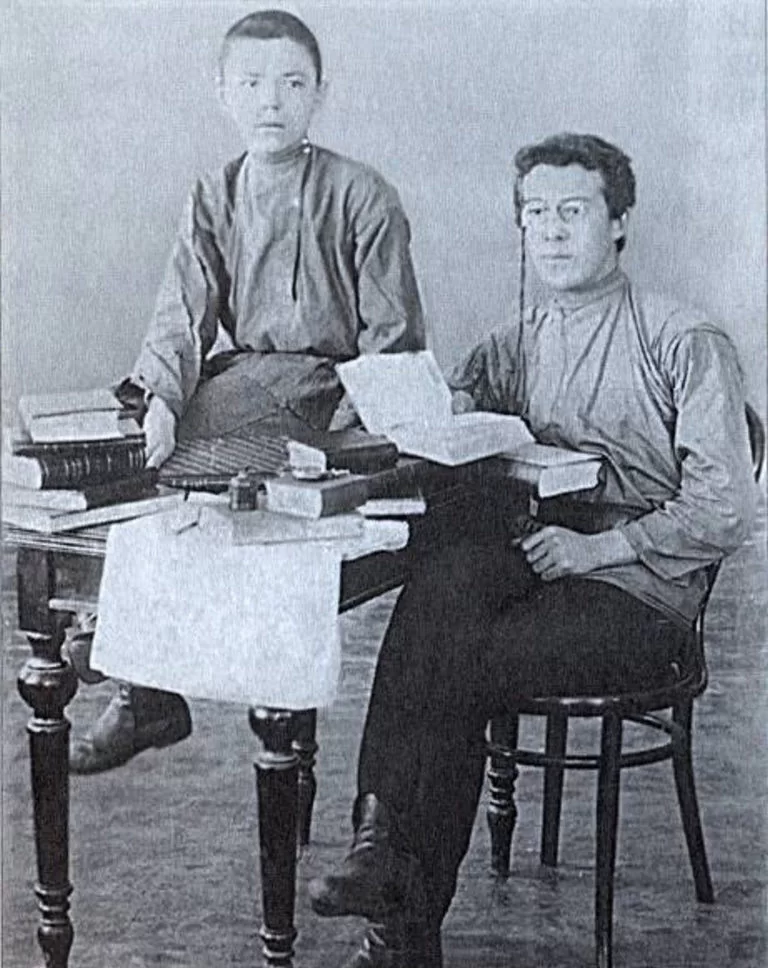
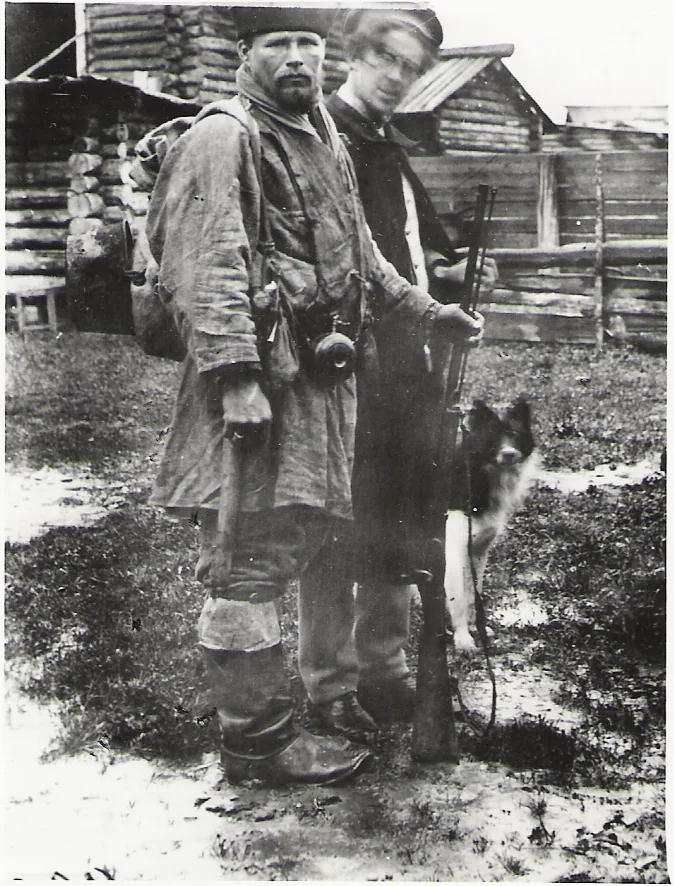
At the Chernyaev courses, Pitirim Sorokin not only attended classes but also read classical works, visited museums, performances, symphonic music concerts, participated in the work process of various circles and societies, and conducted educational work among the workers of St. Petersburg factories. His friendship with professor Zhakov continued. In 1908, they participated together in the expedition to explore the Pechora Region.
In May 1909, he successfully passed the exam, and in September received a “certificate of eligibility” (a certificate in Russia before the revolution testifying that a person did not belong to any anti-government organizations). Pitirim decided to enter the Psychoneurological Institute, which was established in 1908 on V. M. Bekhterev’s initiative. It was not only the more flexible educational system at the institute that influenced the choice of future student, but also the fact that the Psychoneurological Institute had the first department of sociology whose founders were two world-known sociologists of the early 20th century, M.M. Kovalevsky and E.V. De Roberti.
Pitirim graduated from the university in 1914 and stayed at the Department of Criminal Law in order to prepare for professorship.
As a university student, he showed amazing working capacity. In a short time Pitirim Sorokin wrote and published a large number of reviews and essays. In 1910, the first publications appeared where he summarized the results of his ethnographic expeditions. The main achievement of this period in Pitirim Sorokin’s biography was a book called “Crime and Punishment, Feat and Reward”. It was highly praised in academic circles.
Revolution and Civil war
After graduating from the university, the talented Russian scientist gave lectures on sociology and prepared to become a professor. During the First World War, he continued publishing his literary works in a large number. The defense of the thesis was prevented by the beginning of the revolution.

In 1917, Sorokin married Elena Petrovna Baratynskaya, a hereditary noblewoman from the Crimea. They met as early as 1912 at literary evenings in K. F. Zhakov’s house. Elena Petrovna finished the Bestuzhev courses. Later they had two sons, Peter and Sergey.
In a brief biography of Pitirim Alexandrovich Sorokin, it is impossible to mention all of the events which he witnessed and directly participated in during the turbulent years of the collapse of the Russian Empire. The scientist assisted the work of the Provisional Government and even served as secretary to the Minister-Chairman Alexander Kerensky.
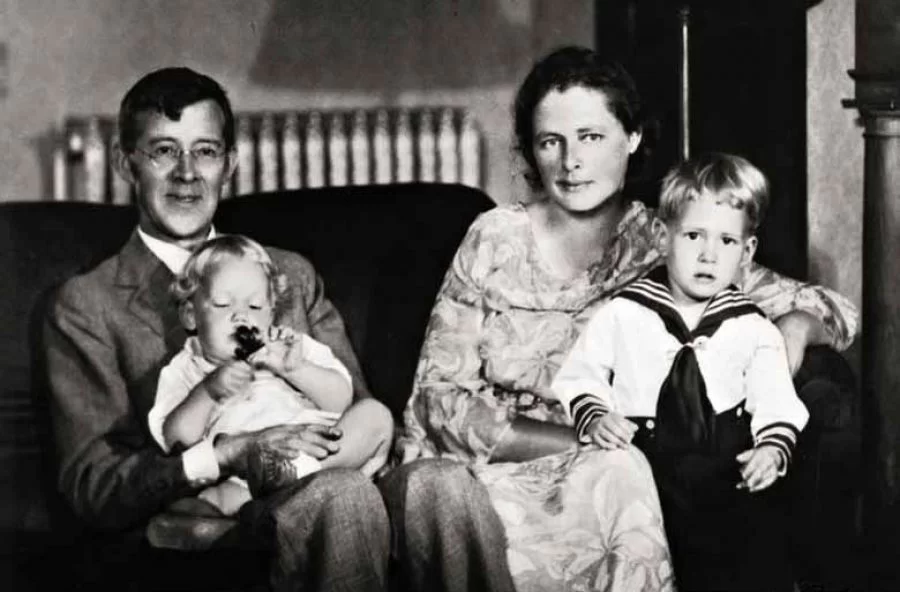
After the October Revolution, he entered into the struggle with the Soviet government and took part in an attempt to overthrow it, then he was arrested by the Bolsheviks and sentenced to execution by a firing squad. However, in exchange for a public promise to abandon political activity, he not only kept his life but also released. The scientist resumed his scientific and teaching work at the university.
After abandoning politics, the scientist focused on scientific and teaching activities. He gave lectures at Petrograd University, the Psychoneurological Institute, the Agricultural Institute, and the Institute of National Economy. In 1920, he published a two-volume “System of Sociology”. After the end of the Civil War, he was promoted to professor and successfully defended his doctoral thesis in sociology.
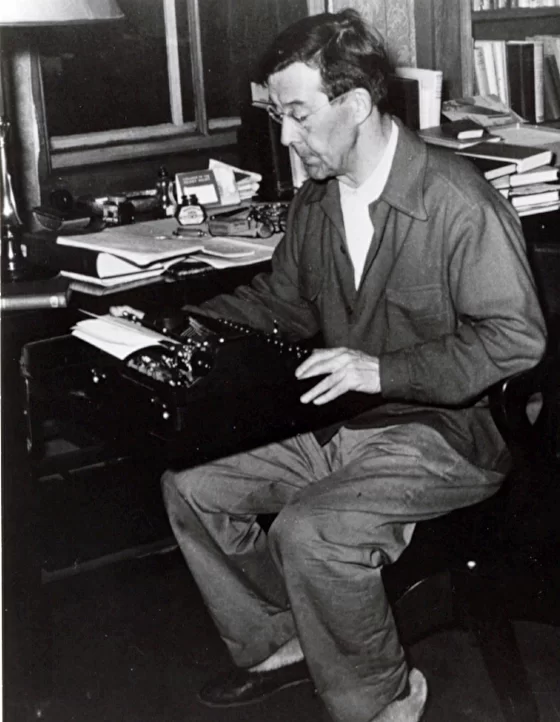
Exile and Life in the United States
In 1922, mass arrests of intellectuals on suspicion of dissidence and disloyalty to the Bolshevik government began. Pitirim Sorokin was among those arrested.
The arrestees were offered a simple choice either to be shot or to leave the country forever. The doctor of Social Sciences and his wife went to Germany, and then to the United States of America. They took only two suitcases with them, which contained the most important thing — hand-written works. The famous scientist was permanently deported, but he escaped physical reprisals and was able to continue his activities in America.

In 1923, the Sorokins came to the United States to lecture on the revolutionary events in Russia. Pitirim Alexandrovich received offers of co-operation from the universities of Minnesota, Wisconsin and Illinois. It took the scientist less than a year to become fluent in the English language.
In 1930, the sociologist took US citizenship.

Pitirim Sorokin’s works created in emigration made a significant contribution to world sociology. In just a few years of living in the United States, he wrote a vast amount of scientific works in which he laid out his theories of the human society structure. Sorokin became a prominent figure in American academic circles and in 1931 was offered to head the Faculty of Sociology at the world-famous Harvard University, which headed until 1942. In 1931-1959, he was a professor at Harvard University. In 1965, he became the president of the American Sociological Association.
After many years of productive work at Harvard, the scientist retired and devoted the rest of his life to gardening.
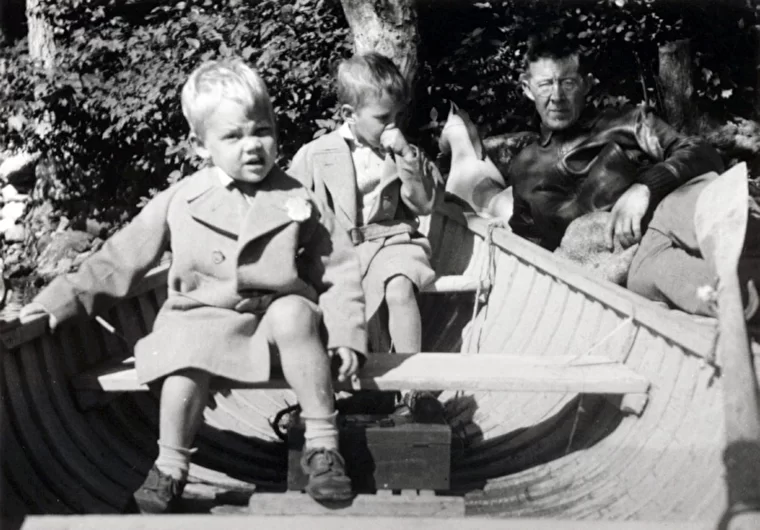
Interesting Facts
Pitirim Sorokin had the most distinguished career among the Russian humanitarian scientists in emigration after the revolution.
He is one of the founders of the Russian school of sociology, its greatest representative.
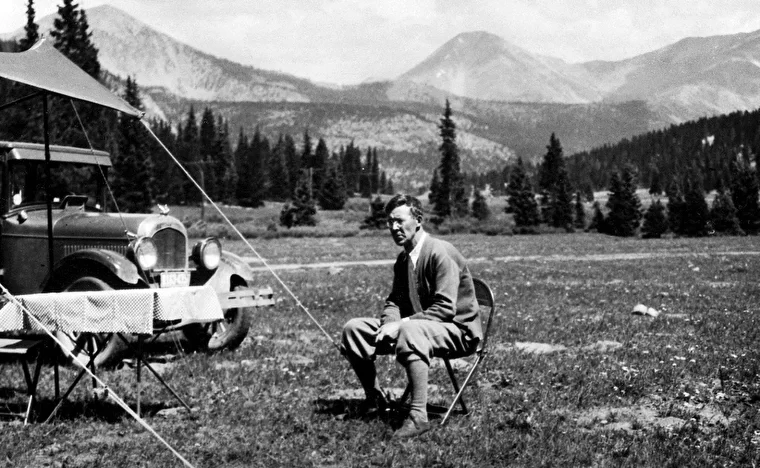
“Social and Cultural dynamics” is the most peer-reviewed sociological work in the world in the period 1937-1942.
At Harvard, he taught several generations of the American elite, Franklin Roosevelt’s children and the future US President John F. Kennedy.
His sons, Peter and Sergey, defended their dissertations at Harvard. Peter had one in applied physics, Sergey’s dissertation was in biology.

On August 22, 2014, a monument to Pitirim Sorokin was erected in the front of the entrance to Syktyvkar State University, and since 2015 the university bears the name of the famous sociologist and is called Pitirim Sorokin State University.
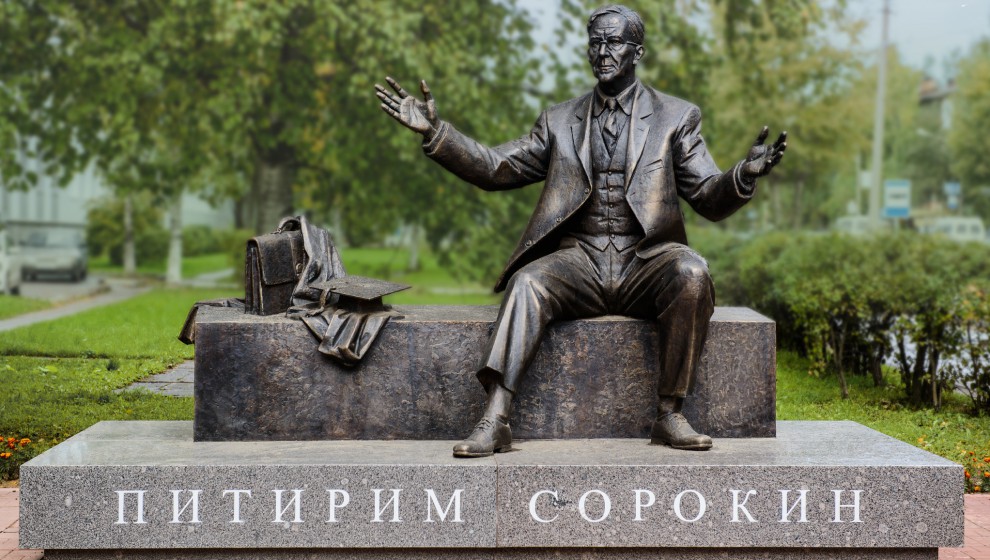
P. Sorokin is one of the founders of the social stratification and social mobility theories.
He is one of the founders of the Russian school of sociology, its largest representative.
P.Sorokin is the author of the convergence theory, as well as the theory of socio-cultural supersystems which is one of the largest teachings on the laws of historical development in the twentieth century.
He was the delegate from the Vologda governorate to participate in the work of the Constitutive Meeting, dispersed by the Bolsheviks (1918).
In 1931, he founded the Faculty of Sociology at the famous Harvard University (USA) and headed it until 1942.
In 1937, in Paris, he chaired the meetings of the International Institute of Sociology as the president of this organization.
In 1961, he was elected the first president of the International Society for the Comparative Study of Civilizations and held this office for three years.
In 1965, he was elected the president of the American Sociological Association.
He was imprisoned six times (three times under the Tsar and three times under the Bolsheviks), during the last imprisonment he escaped being shot thanks to V. I. Lenin’s intervention.
He wrote forty books, which were repeatedly republished in Europe, Asia and America, a lot of essays and more than 200 articles.
His fundamental work “Social and Cultural dynamics” was the most peer-reviewed sociological work in the world in the period 1937-1942.
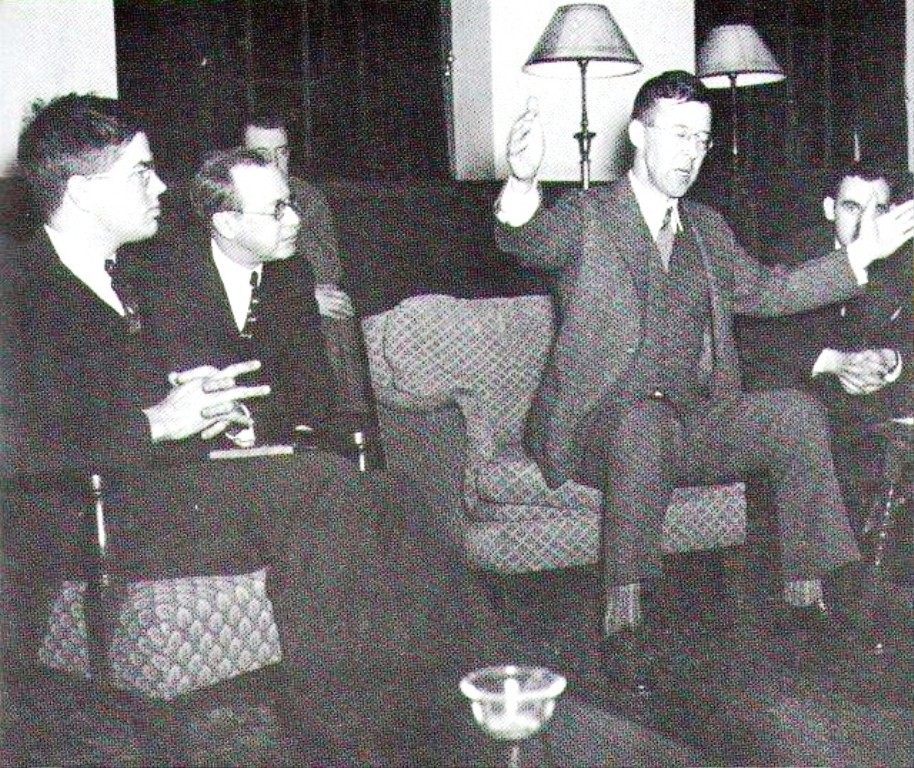
P. Sorokin is the most translated sociologist in the history of this science. His works have been translated into forty-eight languages.
He built the most distinguished career among the Russian humanitarian scientists in emigration after the revolution.
In 1942, with sponsorship funds, he opened the Center for the Study of Creative Altruism at Harvard, which he headed until its closure in 1957.


